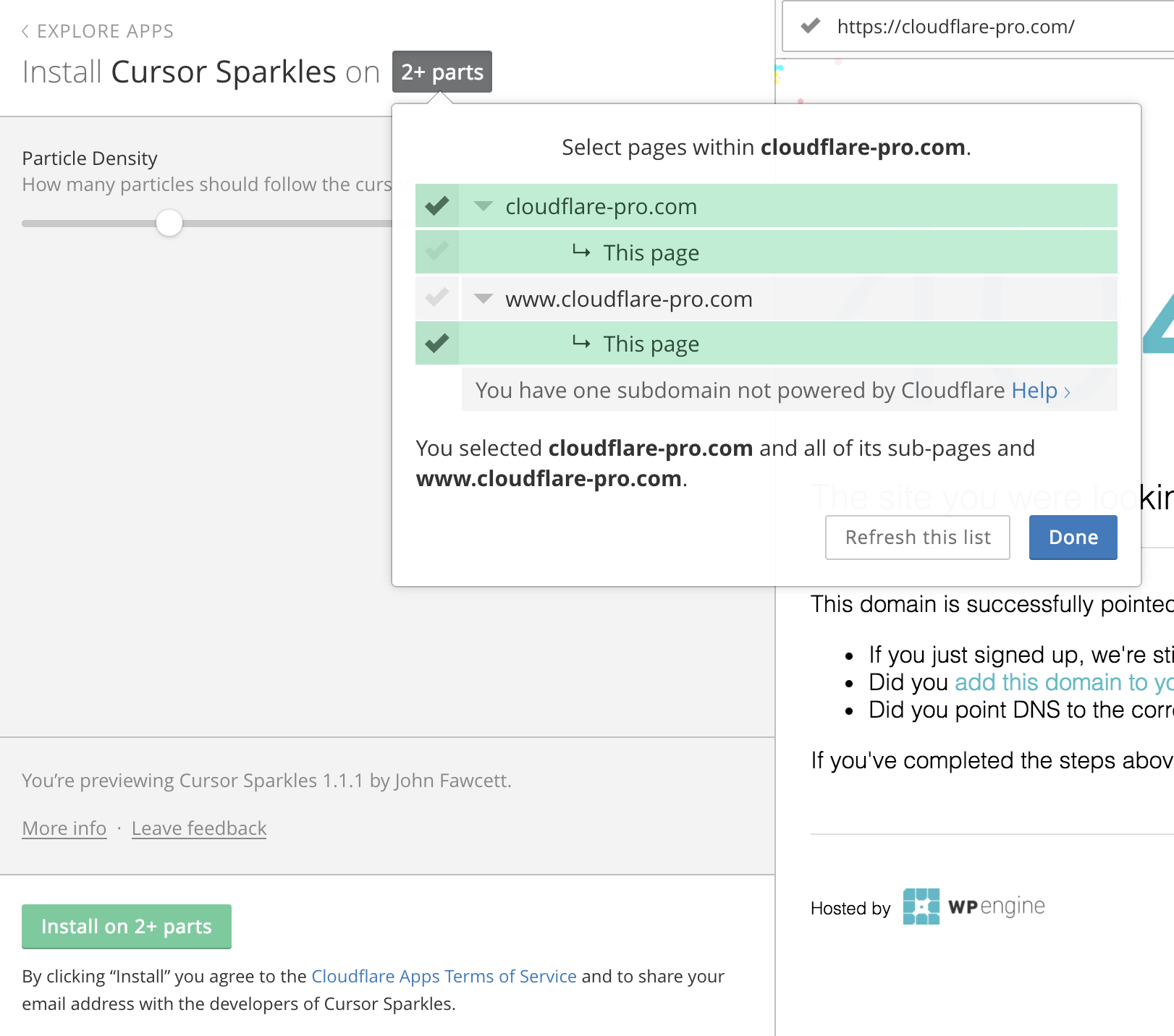Performance analysis of cloud applications
Performance analysis of cloud applications Ardelean et al., NSDI’18
Today’s choice gives us an insight into how Google measure and analyse the performance of large user-facing services such as Gmail (from which most of the data in the paper is taken). It’s a paper in two halves. The first part of the paper demonstrates through an analysis of traffic and load patterns why the only real way to analyse production performance is using live production systems. The second part of the paper shares two techniques that Google use for doing so: coordinated bursty tracing and vertical context injection.
(Un)predictable load
Let’s start out just by consider Gmail requests explicitly generated by users (called ‘user visible requests,’ or UVRs, in the paper). These are requests generated by mail clients due to clicking on messages, sending messages, and background syncing (e.g., IMAP).
You can see a clear diurnal cycle here, with the highest QPS when both North America and Europe are active in the early morning, and lower QPS at weekends. (All charts are rescaled using some unknown factor, to protect Google information).

Request response sizes vary by about 20% over time. Two contributing factors are bulk mail senders, Continue reading
 Software-defined storage is rising to the top of the storage market, but before selecting a solution, it’s important to determine the features and capabilities for your specific set of needs.
Software-defined storage is rising to the top of the storage market, but before selecting a solution, it’s important to determine the features and capabilities for your specific set of needs. The company’s recent transition to a SaaS subscription model proves favorable as it reported an 11 percent increase in revenue year over year, along with several deals in the first quarter of 2018.
The company’s recent transition to a SaaS subscription model proves favorable as it reported an 11 percent increase in revenue year over year, along with several deals in the first quarter of 2018.
 The five container-focused partners include Aqua Security, Capsule8, Stackrox, Sysdig Secure, and Twistlock.
The five container-focused partners include Aqua Security, Capsule8, Stackrox, Sysdig Secure, and Twistlock. The data center giant also added private, direct connections to Microsoft Azure cloud services in Miami and Paris.
The data center giant also added private, direct connections to Microsoft Azure cloud services in Miami and Paris. The partnership between a cloud provider and an SD-WAN vendor allows Citrix’s technology to run on a RapidScale’s global backbone.
The partnership between a cloud provider and an SD-WAN vendor allows Citrix’s technology to run on a RapidScale’s global backbone.
